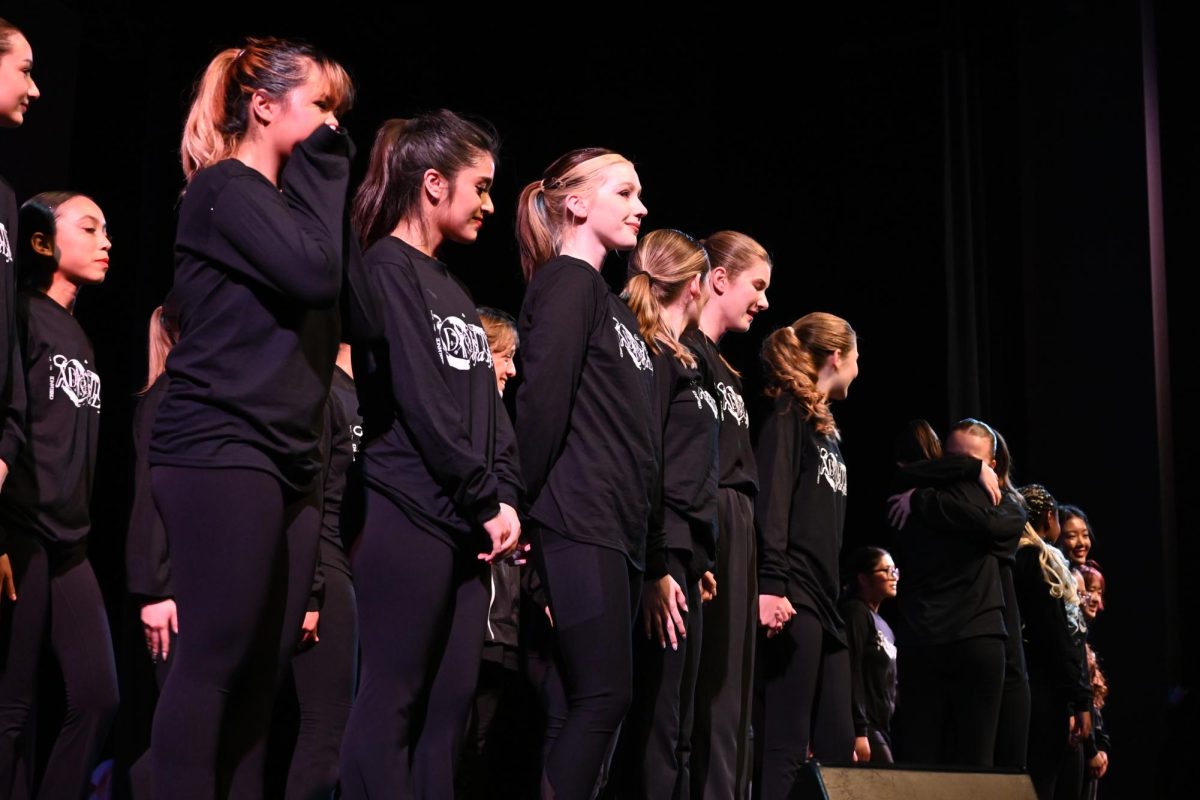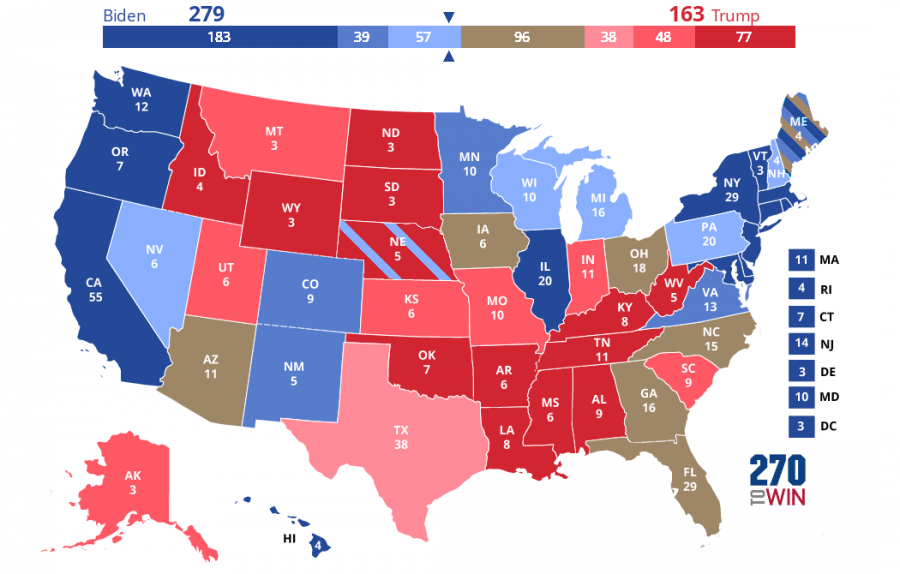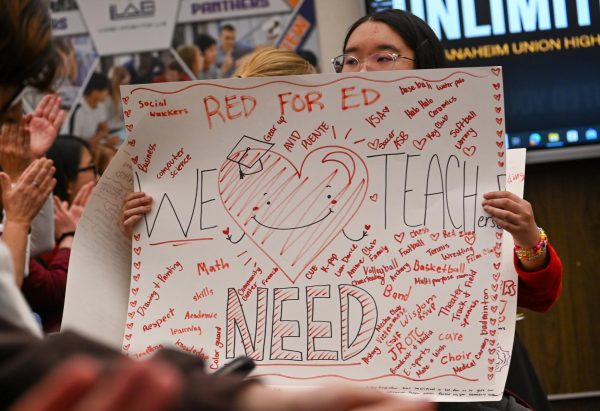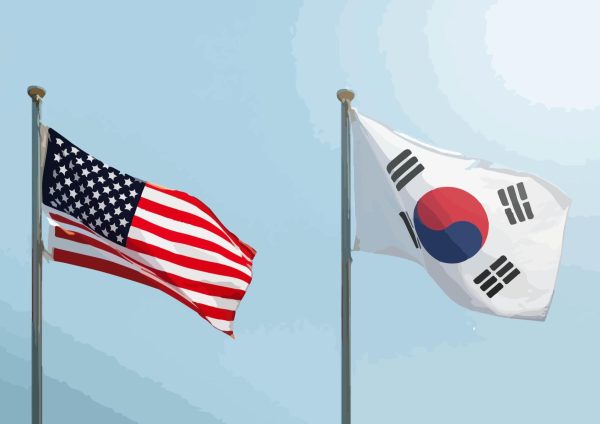2020 Elections
by Ramya Sridhar, Editor-in-Chief
November 3, 2020
The 2020 election is one of the most highly anticipated events in recent history. With the passing of Justice Ruth Bader Ginsburg and the subsequent confirmation of Amy Coney Barrett, the toll of the pandemic on the economy as well as on the health system, and the Great Divide that threatens American unity and democracy, this presidential election will be considered a milestone in politics that could determine the near future of our country.
As of November 1, a groundbreaking 93 million people had voted early, marking this presidential election as one of the highest historical (early) voter turnouts. According to the U.S. Elections Project, 45.2% of this demographic appears to be members of the Democratic party, and 30.5% appears to be a part of the Republican Party. Similarly, the majority of Democrats intend to vote via mail-in ballots, while the majority of Republicans intend to vote in-person. As a result, President Trump has attempted defamation of the postal office, insisting that results must be released on the night of the election, in hopes of swaying the results in his favor. “Must know Election results on the night of the Election, not days, months, or even years later!” Trump claims. (https://www.politico.com/news/2020/09/24/trump-casts-doubt-2020-election-integrity-421280)
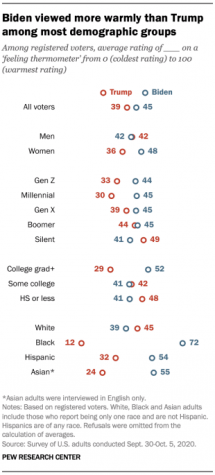
When exploring the possible outcomes of the 2020 election, it’s important to take note of which demographics are more likely to vote for which party. Black, Hispanic, and Asian voters are more likely to lean left, while white voters are more likely to lean right. As of a 2018 poll conducted by Pew Research, 67% of eligible voters are white, 13% are Hispanic, 13% are black, and 4% are Asian. In general, Vice President Biden seems to be leading among minorities (women, black people, Hispanics, Asians), young people (Millenials, Gen Z), and educated voters. In contrast, Trump appeals to a very specific demographic that mainly focuses on older white males. Unfortunately, according to a Stanford Study, by holding rallies that do not conform to social distancing protocols, Trump has instigated and allowed for the 30,000 COVID cases and 700 deaths that have been directly linked to his campaign events. As the coronavirus, as a general rule, affects people of older generations, by holding these rallies, he is hurting his voting population.
Since the 2016 election, the Trump administration appears to have strengthened and furthered the Great Political Divide–essentially, those who voted for him in 2016 feel even more strongly about him in 2020, and those who did not support him in 2016 are even less supportive of him now. Eight percent of those who voted for Secretary of State Clinton strongly opposed Trump, and now, in 2020, ninety percent of Biden voters are anti-Trump. After Trump’s highly panned response to COVID-19, a substantial number of voters are leaning towards Biden to help reform and rehabilitate the country. In the categories of bringing the country together, Biden leads Trump by 20 points, according to Pew Research polls. On the subject of handling the pandemic, Biden leads Trump by 17 points. In matters of the Supreme Court and Criminal Justice, Biden also leads, by six and four points respectively.
One of the greatest reasons for voter anxiety and alarm stems from the results of the 2016 polls and their relation to the election results. People are unsure whether to trust the polls or not. However, this year is markedly different from 2016. In 2016, there was a greater number of undecided voters who last-minute voted for Trump. This year, however, voters are much more decisive. Additionally, the 2020 election is one of the most stable in the history of the last few decades–Biden’s lead is greater and much more secure compared to that of Clinton. Of course, another important difference between 2016 and 2020 (and the most obvious) is the pandemic that curren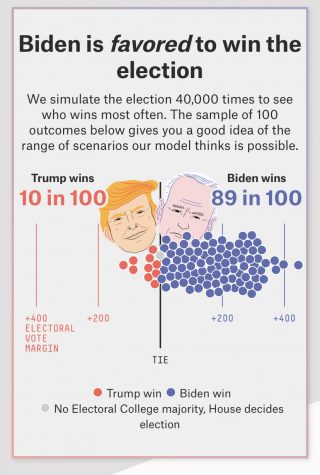 tly ravages the country. As aforementioned, Trump’s response to the coronavirus pandemic (paired with his disastrous performance in the presidential debates) will have substantial effects on the results of the election. Essentially, if Trump were to win the 2020 election, that would mean that there was an even bigger polling error in 2020 than there was in 2016.
tly ravages the country. As aforementioned, Trump’s response to the coronavirus pandemic (paired with his disastrous performance in the presidential debates) will have substantial effects on the results of the election. Essentially, if Trump were to win the 2020 election, that would mean that there was an even bigger polling error in 2020 than there was in 2016.
According to political scientists across the country, while there is a possibility of Trump winning this election, the probability of coming out of this situation with President Biden is much higher. Still, it is not enough to trust the polls. Every American must uphold their civic duty and vote on/before Election Day.
.
(https://www.pewresearch.org/politics/2020/10/09/perceptions-of-donald-trump-and-joe-biden/)







